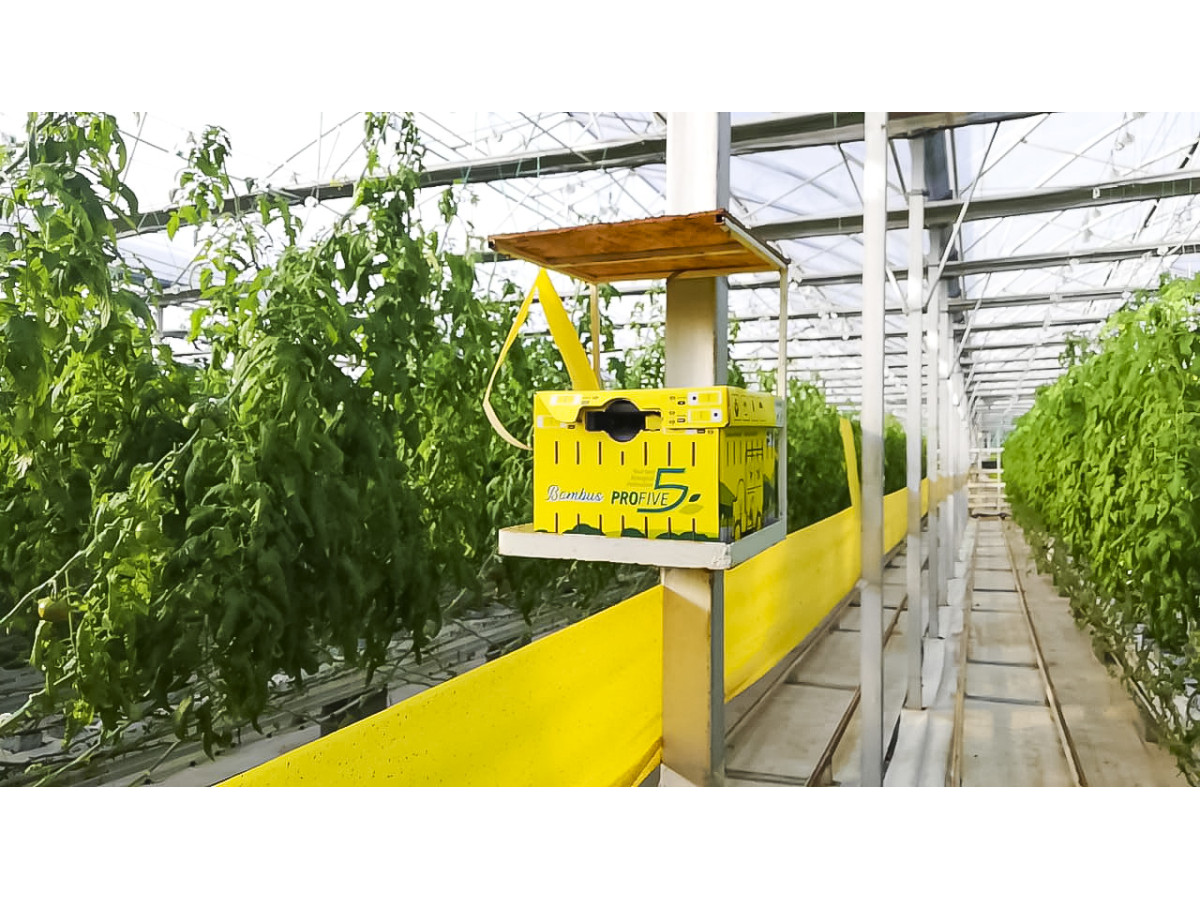Gdy mówimy o zapylaniu, większość z nas wyobraża sobie pszczoły miodne. Oczywiście są one wspaniałymi zbieraczami miodu, ale mało kto wie, że ich skuteczność w zapylaniu kwiatów nie jest wysoka w porównaniu z dzikimi pszczołami i trzmielami. Podczas gdy techniki hodowli dzikich pszczół dopiero zyskują na popularności, trzmiele są już wykorzystywane w agronomii od ponad trzech dekad.
Dlaczego trzmiele są skuteczne w zapylaniu?
Motywacją trzmiela jest zbieranie pyłku, a nie nektaru, jak w przypadku pszczół. Zapewnia to intensywny kontakt z kwiatami, zwiększając prawdopodobieństwo skutecznego zapylania. Ich zdolność do tworzenia ładunku elektrostatycznego podczas lotu również sprzyja przyciąganiu pyłku.
Inne zalety trzmieli:
- Są aktywne przy niskich temperaturach, już od +5°C.
- Trzmiele mogą pracować nawet w pochmurne dni, kiedy pszczoły są mniej aktywne.
- Wytrzymują wiatry do 70 km/h.
- Zdolność do zbierania pyłku przez wibrację ciała zwiększa jakość zapylania dla niektórych upraw.
- Dzięki większym rozmiarom i puszystemu ciału trzmiele skuteczniej przenoszą pyłek.
- Pracują od wschodu do zachodu słońca.
- Są mniej wrażliwe na promieniowanie ultrafioletowe, co sprawia, że nadają się do pracy w plastikowych szklarniach.
- Skupiają się na pracy w niewielkiej odległości od ula, zwiększając skuteczność zapylania.
- Są pokojowe, co ułatwia ich wykorzystanie obok pracowników.
Standardy użycia trzmieli:
Klasyczny ul trzmieliny składa się z 60-80 robotnic. Normy zasiedlenia różnią się w zależności od uprawy.
Środki ostrożności:
Pestycydy stanowią duże zagrożenie dla trzmieli, dlatego przy ich użyciu należy zamykać ul trzmieliny lub przenosić go w inne miejsce.
Podsumowując:
Zrozumienie i współpraca z żywymi organizmami w agronomii może być kluczem do osiągnięcia bardziej ekologicznych i produktywnych podejść w rolnictwie.

Napisz komentarz